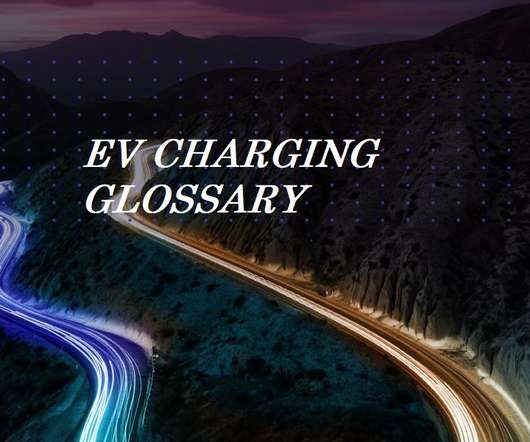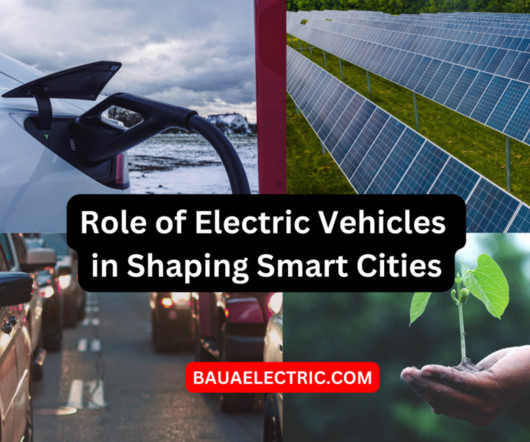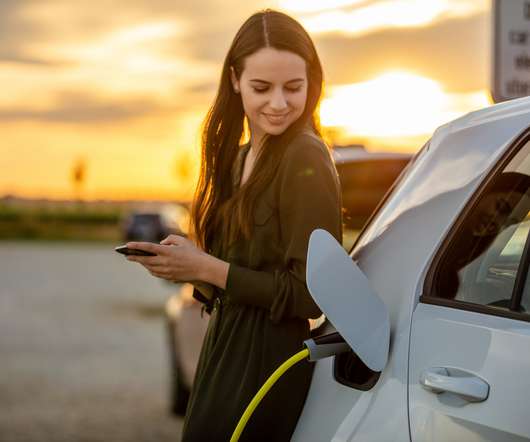What is Decarbonization?
Driivz
JUNE 22, 2022
Replacing internal combustion engine (ICE) vehicles with battery electric vehicles (BEVs) — called electrification — is the only way to substantially reduce CO2 emissions in the transportation sector. The degree of CO2 emission reduction in transport depends on the source of the electricity powering EVs.










Let's personalize your content